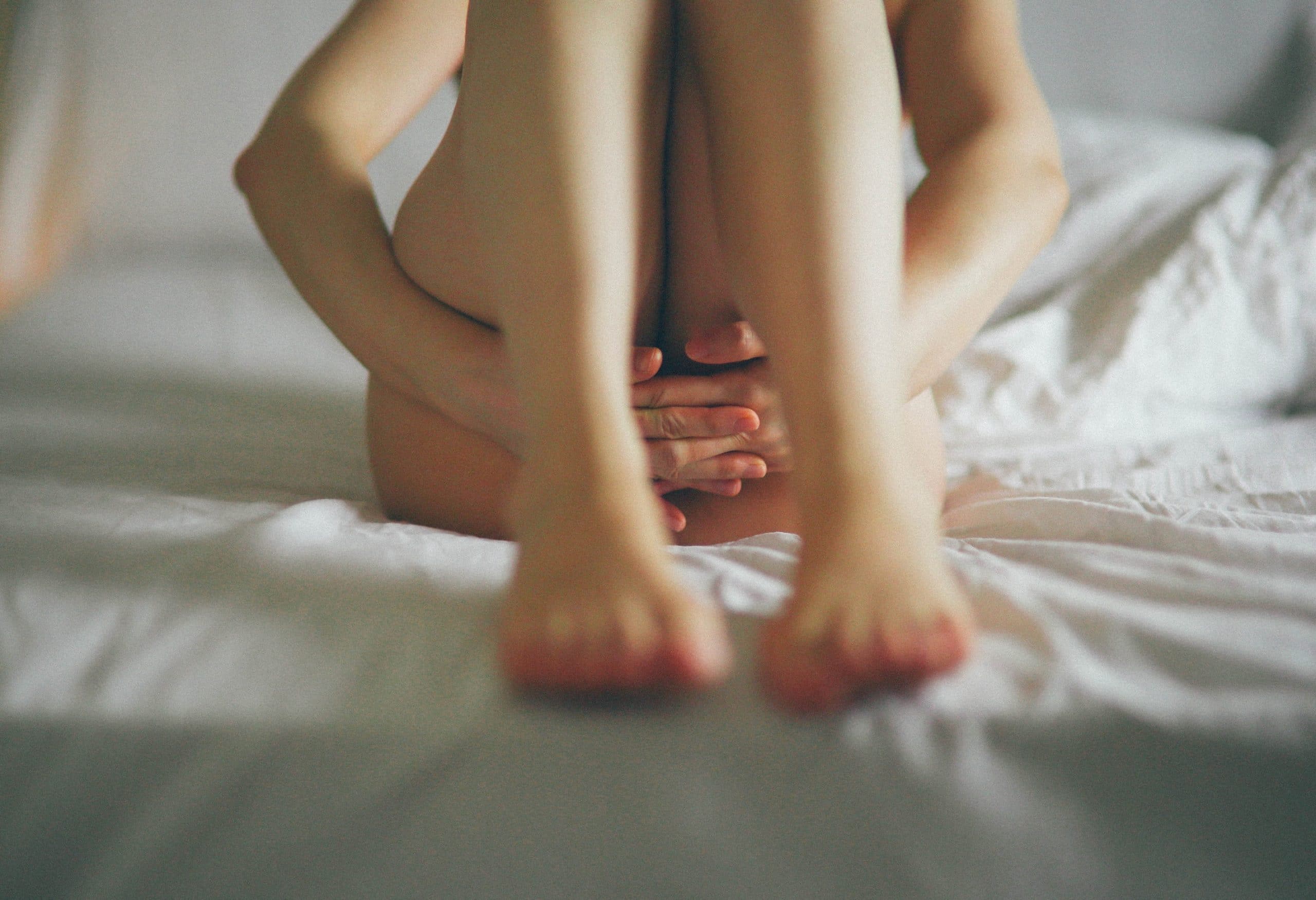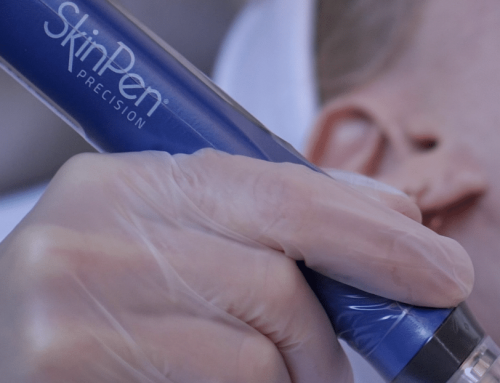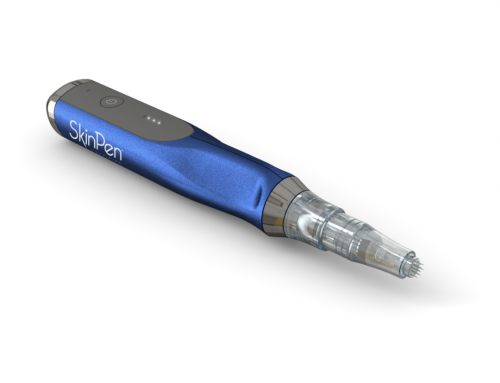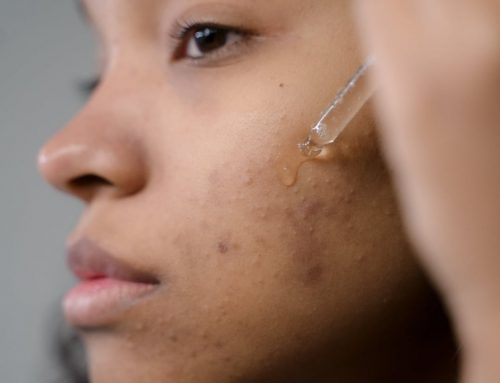With the warm weather comes more maintenance for our skin, nails and hair.
One unfortunate side-effect to regular waxing is the dreaded ingrown hair. Some of us are lucky and ingrown hairs are a rare occurrence- but that’s not the case for everyone. Ingrown hairs are an eye sore and seeing as removing unwanted hair is supposed to make us look and feel better- when a big red bump appears, it’s a real drag.
Why do ingrown hairs occur?
When hairs are repeatedly removed by the root, there is a flight response that causes the hairs to grow in slightly finer and weaker. This means they have a harder time coming to the surface as they regrow.
Somtimes waxing technique can contribute to the occurence of ingrown hairs. One key thing to look out for is that the wax is applied with the direction of the hair and the strips are pulled off against the direction of hair growth. Sometimes care isn’t taken to work with the direction of hair growth to save time. So if you’re waxing session is over in a flash (and let’s face it, getting this over with quickly is ideal), but you’re constantly battling ingrown hairs- this short cut could be the culprit.
Waxing with the hairs too long or too short can result in ingrowns as breakage at the skin’s surface can occur. Generally, if the hair is more than half an inch long, it’s a good idea to trim it before you come in to get waxed- but be careful not to trim it too short. The hair needs to be at least 1/4 inch long for the wax to grip it properly.
How do I prevent ingrown hairs?
In order to aid the hair in coming to the surface, exfoliating away dead surface skin cells and activating the skin’s cell renewal process is key to preventing an ingrown hair.
If your hair tends to be finer and straighter (like on the lower legs), using a buffing cloth or glove may be all that you need; however, you’ll need to make sure you buff the area daily to effectively prevent ingrown hairs. I even suggest using the cloth/gloves dry before you turn on the shower for a stronger treatment. My product of choice is Dermalogica’s Ultimate Buffing Cloth. It’s made from a Japanese micro-fibre, so it drys very quickly and doesn’t harbour bacteria or mildew. An added bonus is that you can throw it in the washing machine once or twice a month to keep it clean.
Areas of course and curly hair may require a chemical exfoliant that’s formulated with alpha and beta hydroxy acids. This method is the best approach for deeper ingrown hairs. The aha based exfoliant should be applied nightly until the ingrown hair has subsided. For this I would suggest Dermalogica’s Skin Renewal Booster. The reason I like this treatment is that it’s concentrated with lactic acid and salicylic acid which work to exfoliate both the upper and lower levels of the epidermis. A simple, but somewhat crude analogy is that it works like Draino on the hair follicle- breaking up the dead skin cells to clear up the impaction. It’s a pricier option than using a salt or sugar scrub, but in my experience, it works much better on those deeper, stubborn ingrowns.
Prevention isn’t working- What to do for extra-stubborn impactions.
It is very important to avoid trying to extract the ingrown hairs on your own. Similarly to the face, permanent scarring can occur if an ingrown hair has been extracted too aggressively and isn’t followed up with an antiseptic and healing solution. If ingrowns are persistent, it may be best to book in for a professional ingrown hair removal treatment. A chemical peel will be applied to the skin, exfoliating much deeper than you would be able to at home. A disposable lancet may also be used along with professional extraction techniques to remove the ingrown hair without damage to your skin. It’s best to book in for something like this a week before or after a waxing service.
Need to get waxed or treat an ingrown hair? Book an appointment.







